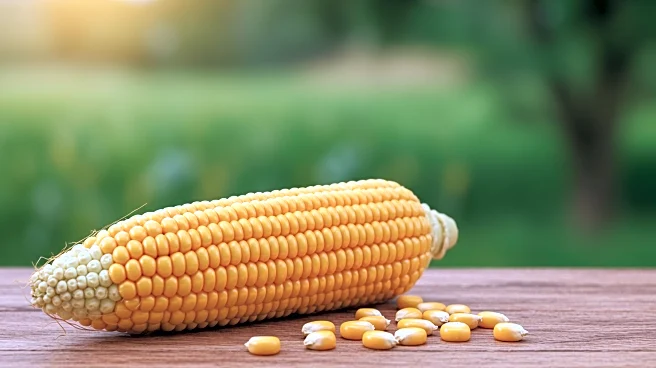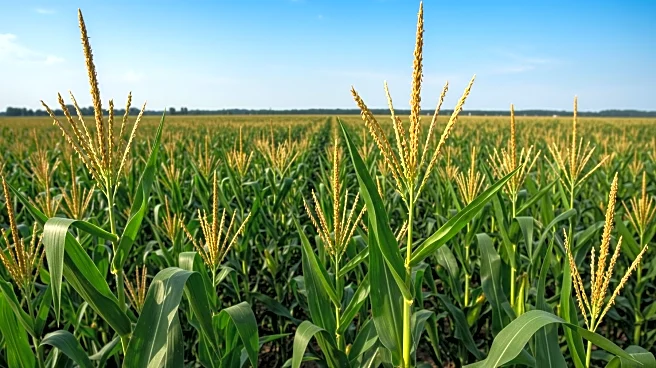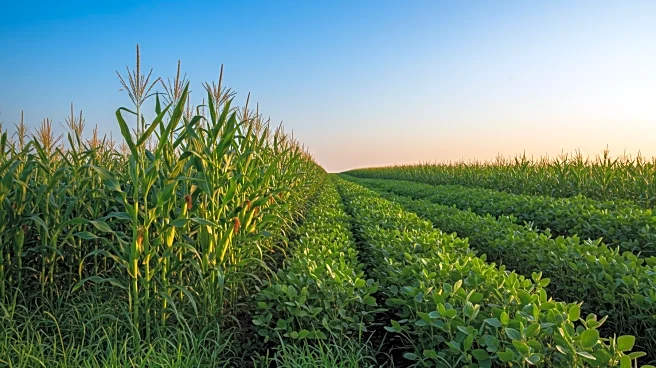Rapid Read • 8 min read
The USDA National Agricultural Statistics Service (NASS) has released updated 2025 planted acreage estimates for major crops, including corn and soybeans. This update, part of the monthly Crop Production report, reflects data from the USDA Farm Service Agency (FSA) and marks a shift from previous years when such updates were made in September. The new estimates show an increase in corn acreage from 95.2 to 97.3 million acres, while soybean acreage has decreased from 83.4 to 80.9 million acres. This trend of 'more corn-less beans' has been consistent since the USDA's Agricultural Outlook Forum earlier this year. The adjustments are based on FSA data, which is considered a reliable indicator of true planted acreage, as it reports actual sign-ups of planted acres without requiring extrapolation from surveys or satellite imagery.
AD
The increase in corn acreage has significant implications for the agricultural market, particularly in terms of supply and pricing. More corn acres suggest an abundant supply, which could lead to lower market prices for corn. This shift impacts farmers, traders, and consumers, as the stocks-to-use ratio—a measure of commodity availability—affects price forecasts. The updated acreage estimates indicate a potential increase in corn ending stocks by about 150 million bushels, which could result in a decrease in corn prices. Conversely, the decrease in soybean acreage may lead to tighter supply and potentially higher prices for soybeans. These changes are crucial for stakeholders in the agricultural sector, influencing decisions on planting, harvesting, and trading.
The agricultural market will closely monitor the impact of these updated acreage estimates on supply and demand dynamics. Stakeholders may adjust their strategies based on the anticipated changes in corn and soybean prices. The USDA's yield forecasts and subsequent reports will be critical in shaping market expectations. Additionally, the ongoing enrollment of farmed acres in FSA programs could further refine acreage estimates, influencing future market projections. Farmers and traders will need to stay informed about these developments to make strategic decisions in the upcoming marketing year.
The reliance on FSA data for acreage estimates highlights the importance of accurate data collection and reporting in agricultural policy and market forecasting. As FSA enrollment trends evolve, the alignment between FSA and NASS data may improve, potentially leading to more precise acreage estimates. This could affect long-term planning and investment in the agricultural sector, emphasizing the need for robust data infrastructure and analysis.
AD
More Stories You Might Enjoy










